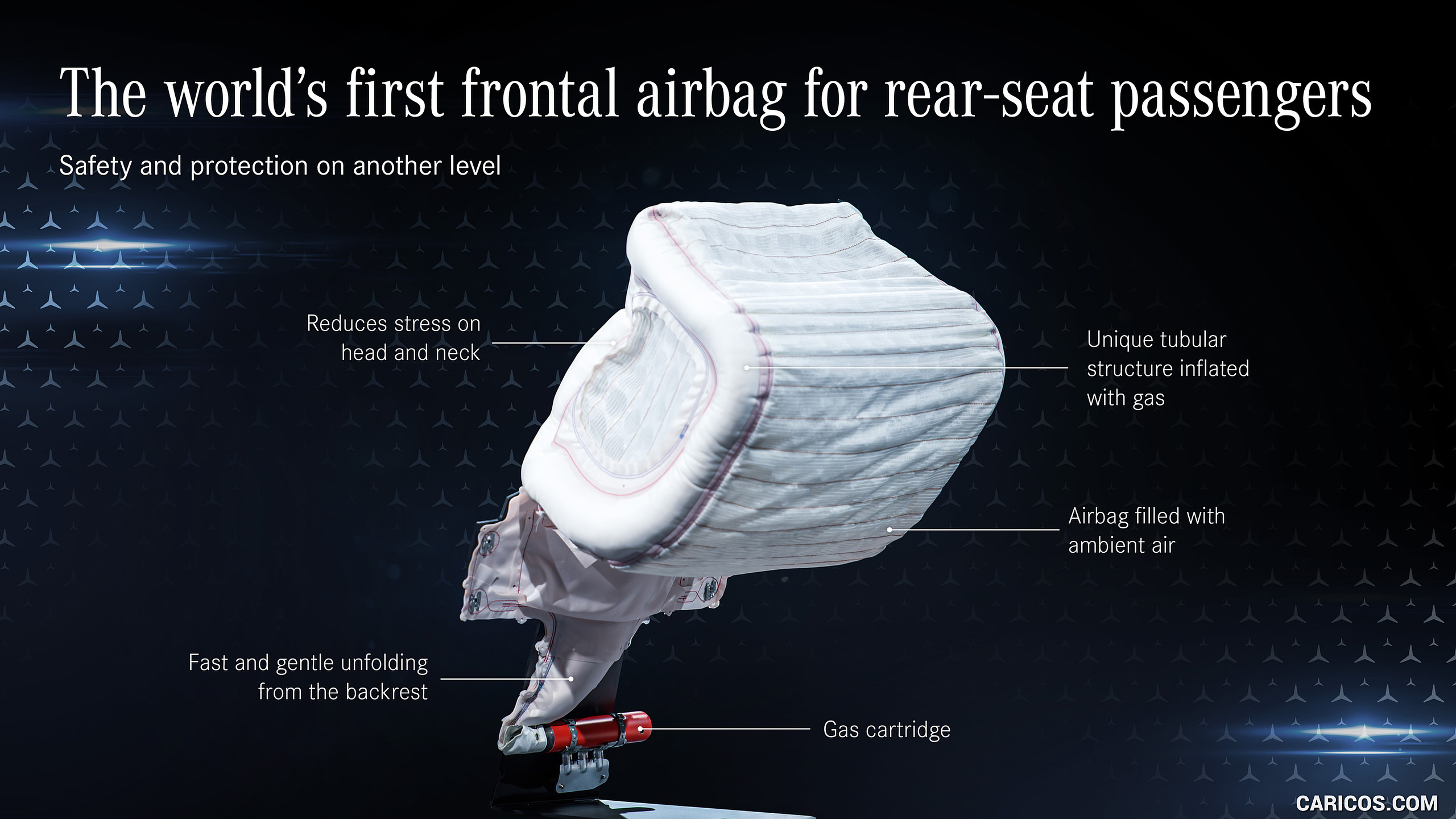DEFINATION
In today’s cars, airbags are a crucial component of safety equipment. They are, as their name implies, gas-filled inflatable bags that operate as a cushion to lessen the pressures felt by car occupants after a collision.
Driver and front passenger airbags are standard equipment on almost all new cars and commercial vehicles sold in Australia. A lot of automobiles also feature additional airbags, such curtain airbags.
Airbags are also referred to as “SRS” (Supplementary Restraint Systems) since they work in conjunction with other safety features in a car, such as seat belts, to protect passengers in an accident.

How does the airbag function?
Nylon bags are used as airbags. When deflated, these nylon bags are stored for the front airbags under a number of interior components, including the steering wheel boss and dashboard.
The forces involved in a collision determine whether an airbag deploys. A collision causes a sudden change in the vehicle’s speed, which causes the occupants to decelerate quickly and suffer strong g-forces.
Around the car, sensors like gyroscopes and accelerometers can measure the strength and direction of these forces.
Data from these sensors are continuously monitored by an Airbag Control Module (ACM), which functions as a miniature computer. When a sudden change is detected, the ACM calculates the direction and force of the impact fast and decides which airbags should deploy to protect the occupants of the car.
An airbag system includes an inflator that inflates the airbag during a collision in addition to sensors and an ACM. In fact, the inflator system resembles solid-propellant rocket boosters in certain ways.
A heating element, referred to as the igniter, receives an electrical charge that ignites a solid propellant, typically sodium azide or nitroguanidine.
Nitrogen gas is created by the propellant’s explosive reaction with ammonium nitrate, which subsequently inflates the airbag. With a reaction time of just 50 milliseconds, inflation, and deployment are all completed very quickly. Humans blink their eyes once every 200 milliseconds, as a point of comparison.

It’s crucial to remember that deflation is just as crucial for airbags as inflation. The airbag is already deflating when it comes into touch with the passengers in the car. They would otherwise bounce off, reducing the airbag’s capacity to absorb energy.
airbag types and innovations
Dual frontal airbags, which are now almost universally included as standard equipment in cars and trucks, are designed to safeguard the front-seat occupants’ heads and chests in the event of a head-on collision.
When inflated, curtain airbags protect the side windows and doors and extend from the roof line right above the side doors.
They protect passengers from side hits and T-bone collisions. Seat-mounted side airbags, which release from the outer seat cushion and are designed to protect the torso, also aim to lessen potential injuries after a side impact.

Most cars today come with side curtain airbags in addition to dual frontal airbags, with seat-mounted airbags being optional or the domain of more expensive vehicles.
An important point to check when purchasing an SUV or vehicle with seven seats is to ensure that the curtain airbags offer coverage for all three rows of occupants, including the rear-most seats. Also, if a vehicle is equipped with seat mounted airbags it may not be compatible with seat covers.
Knee airbags are mounted in the lower section of the front centre console or dashboard, and aim to protect the driver’s (and front passenger if equipped) knees and shins.

- Another device available on some Ford and Mercedes-Benz vehicles are inflatable seatbelts. This advancement inserts an airbag into the rear seatbelts, tightening and dispersing the power of an impact over a larger area than a standard seatbelt in the event of a collision, lowering the risk of chest and head injuries. Another device available on some Ford and Mercedes-Benz vehicles are inflatable seatbelts. This advancement inserts an airbag into the rear seatbelts, tightening and dispersing the power of an impact over a larger area than a standard seatbelt in the event of a collision, lowering the risk of chest and head injuries.

A front center airbag was recently added to automobiles like the new Toyota Yaris and the Isuzu D-Max/Mazda BT-50 twins. This deploys from the driver’s seat’s inside cushion and is designed to lessen the likelihood that the front passengers may collide and injure one another in the event of a frontal or side collision.
The rear frontal airbag, one of Mercedes-most Benz’s recent advancements in the airbag industry, is widely regarded as a pioneer of cutting-edge safety technologies.

This airbag, which was first used in the 2021 S-Class, has a tubular structure and extends from the backrest to shield the head and chest of passengers in the back.
One of the byproducts of the airbag inflating process, in addition to nitrogen gas, is sound due to the propellants’ explosive reaction. This noise’s volume can result in temporary or permanent hearing loss.
Another Mercedes invention, Pre-Safe Sound, aims to prepare the ear to better withstand the noise produced by airbag inflation and collisions. Pre-Safe sound will temporarily turn on ambient “pink noise” at 80 dB through the car’s audio system if the car senses that a serious crash is about to occur. This sets off a reaction that partially prevents more loud noises from penetrating the inner ear, safeguarding the listeners’ hearing.
OVERVIEW
Frontal airbags saved 50,457 lives between 1987 and 2017. That many people could fill a major league baseball stadium.
Discover the advantages of frontal and side airbags for safety, as well as the significance of using a seat belt as your first line of defense. Additionally, get crucial advice on how to properly buckle up children in booster seats and car seats to protect them from the airbags in a collision.




